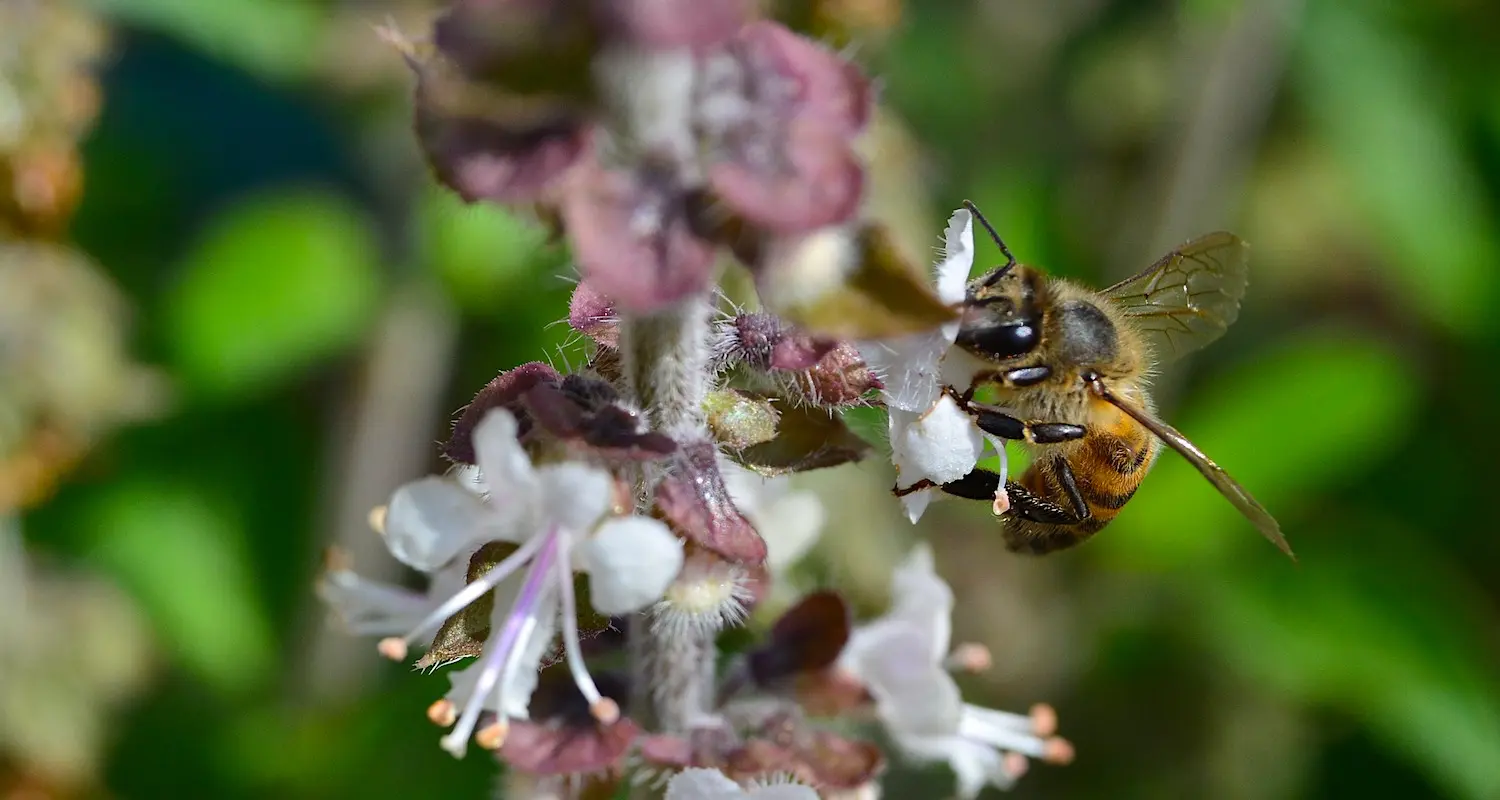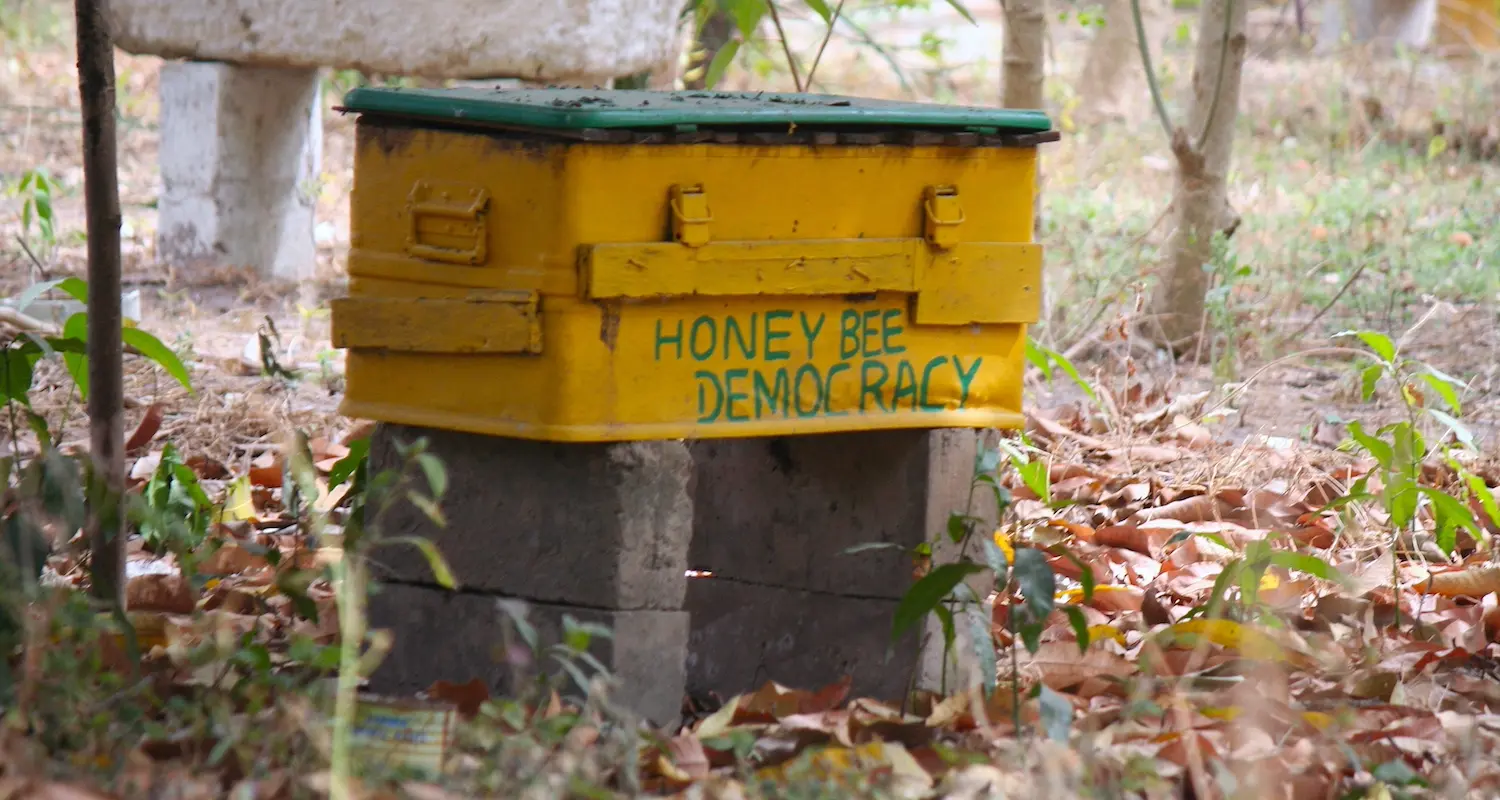Bees and Honey Production in Gambia
Situated in West Africa, The Gambia is not only known for its beautiful landscapes and wildlife but also for its thriving honey production industry. In this article, we will explore the fascinating world of bees and honey production in Gambia, highlighting the importance of these tiny creatures and the valuable resources they provide.
The Role of Bees in Gambia’s Ecosystem
Bees play a crucial role in the ecosystems of Gambia, and their importance cannot be overstated. They are not only responsible for pollinating a wide variety of plants and trees but also for ensuring the biodiversity and sustainability of the country’s flora. Bees help in the production of fruits, vegetables, and seeds. This enables plant reproduction and ensuring food security for both humans and wildlife.
Types of Bees Found in Gambia
Gambia is home to several species of bees, including the African honeybee (Apis mellifera adansonii). These bees are well-adapted to the local climate and vegetation, making them highly efficient honey producers. They form organized colonies, with a single queen, worker bees, and drones working together to sustain the hive.

Traditional Beekeeping Practices
Beekeeping in Gambia has a rich history dating back centuries. Traditionally, beekeepers used log hives or skeps made from woven grass or straw to house the bees. These traditional beekeeping practices are still prevalent today, particularly in rural areas where communities have preserved their ancestral knowledge.
Jalisut Bee Farm
At Jalisut Bee Farm in Gunjur, our guests have the opportunity to witness the artistry and skill of the beekeepers, participating in activities such as hive maintenance, honey extraction, and even traditional ceremonies associated with beekeeping.
The honey produced at Jalisut Beekeeping in Gunjur is celebrated for its unique flavour and exceptional quality. It is a testament to the beekeepers’ dedication and their commitment to preserving traditional techniques. The honey serves as a source of sustenance for the local community and is also highly valued for its medicinal properties. Its also available on our breakfast menu each morning😉

Modern Beekeeping Techniques
In recent years, modern beekeeping techniques and equipment have gained popularity in Gambia. Beekeepers now use movable-frame beehives that allow for easier inspection and management of the colonies. This has led to increased honey production and improved hive health.
Honey Harvesting Process
The honey harvesting process in Gambia typically starts with the inspection of the beehives. Beekeepers carefully examine the frames to determine the maturity of the honeycombs.
Months of meticulous care and nurturing culminate in this fruitful harvest. The beekeepers, adorned in protective gear, approach the buzzing hives with reverence and precision. With utmost caution, they begin the process of extracting the liquid gold within.
Using traditional methods passed down through generations, the beekeepers employ smoke to calm the bees and carefully remove the honeycomb frames. Each frame is handled with the utmost care to protect the delicate structure and prevent harming the bees. Back at the harvest station, the honeycombs are uncapped to reveal the glistening honey beneath.
Of course, this procedure only happens once or twice per season. You would need to be very lucky indeed to be in the right place at the right time. That said, a visit to visit the bee farm is always interesting and you may be lucky enough to bag yourself some homemade candles or soap as well as some delicious Gambian honey to enjoy once you are home.
Jalisut is close to Footsteps so just ask Dodou our General Manager if you would like to visit!
